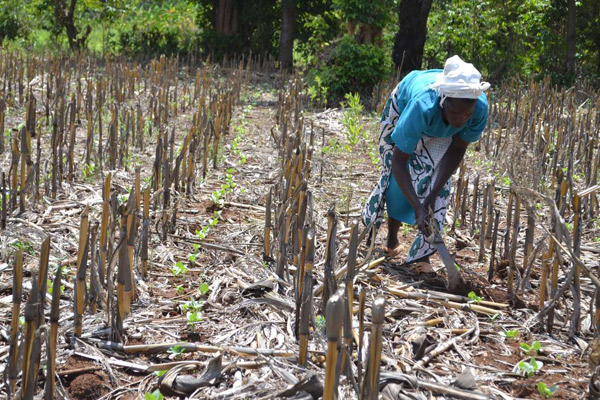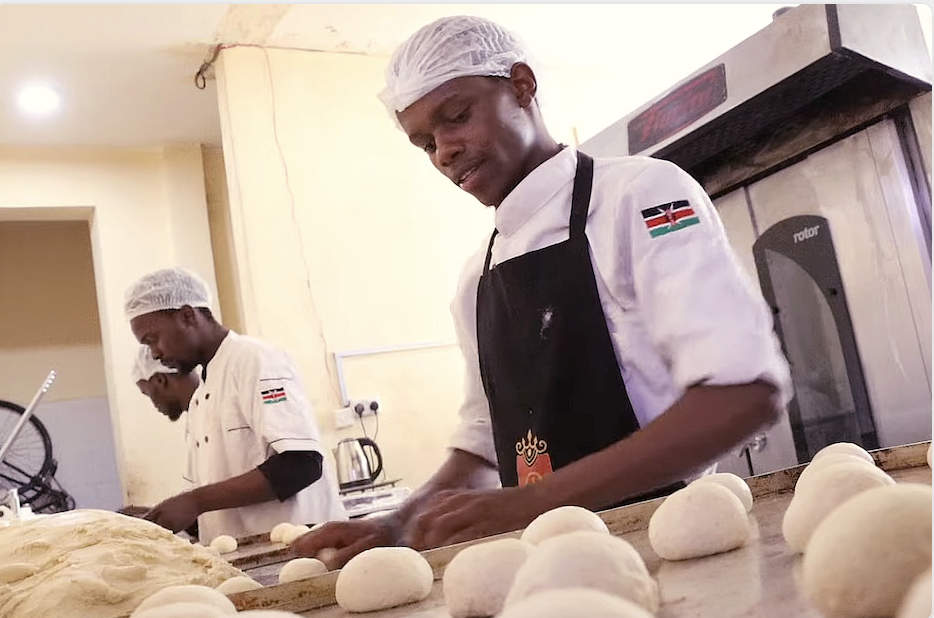
Kenyan dryland farmers use new technique to deal with climate change stress
The hand-driven machine moves slowly on the one-acre farm in Machakos to the southeast of Kenya’s capital Nairobi, barely ripping the soil.

One may wonder what the farmer is doing since the machine is not digging the soil and turning it inside out – the normal way most people plough, but just making small holes where the farmer, Joshua Koloton, then places the seeds.
On the farm also are last season’s maize stalks, some lying on the ground and others still standing, but the farmer does not bother to remove them.
“The maize stalks will act as my manure and help mulch the maize and beans I am planting,” said Koloton on Monday, explaining his new way of farming.
The farmer is one of those in the East African nation’s dry regions who are engaging in conservation agriculture that involves minimal tilling of land to preserve moisture and useful organisms in the soil.
The method known as minimum tillage is helping both large and small-scale farmers in Kenya overcome the effects of climate change as the rains increasingly become erratic.
The farmers are, therefore, increasing their yields amid the vagaries of climate change and without turning to large-scale investment in irrigation. “With minimum tillage, the waste from the previous harvest is not removed because it is useful to the new plants. And one can remove weeds using special shallow weeds that also rips the soil minimally or spray herbicides,” said Koloton.
Normally, most Kenyan farmers plough the land first, and then again before the seeds are planted. And as they germinate, tilling is done again, sometimes twice, to remove the weeds. Agriculturalists across the East African nation are currently rooting for the new method of farming, noting that it does not disturb the soil and guarantees better yields, especially in semi-arid areas.
“Many farmers are initially sceptical about the method of farming but after seeing it work well, they embrace it,” said Beatrice Macharia, an agronomist with Agro-Point, in Nairobi.
She noted that conservation agriculture enables farmers in dry areas to overcome climate stresses and produce more food as one harvests up to 1,590 bags of maize from an acre using the method, up from eight or 10 bags. However, while using the method, Macharia said some farmers ignore practices like crop rotation which guarantee yields.
“Crop rotation, use of certified drought-tolerant seeds, correct use of fertilizer and timely planting are key in ensuring successful conservation farming,” she said.






